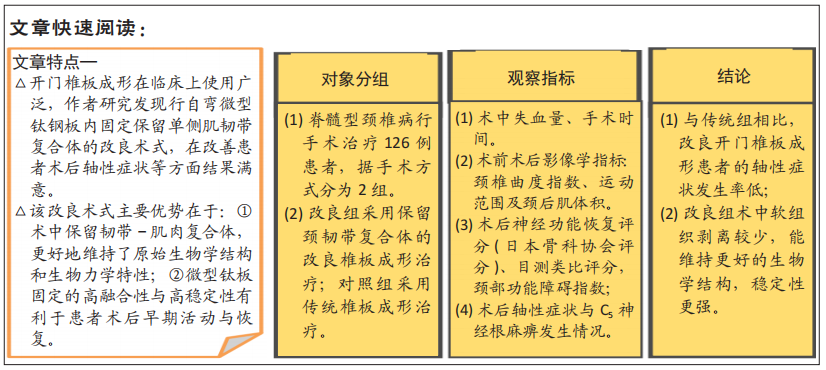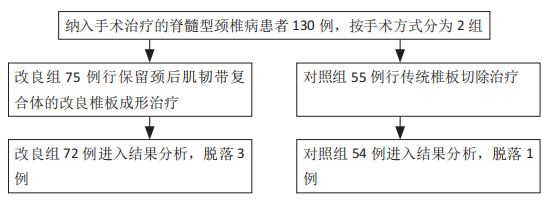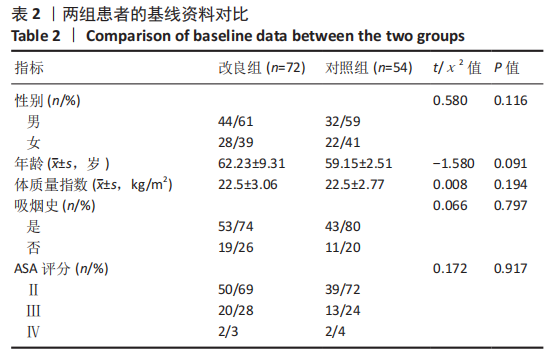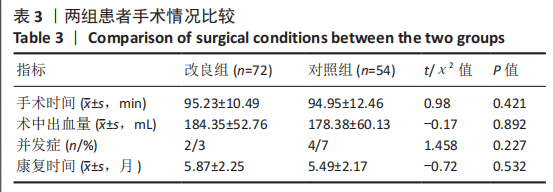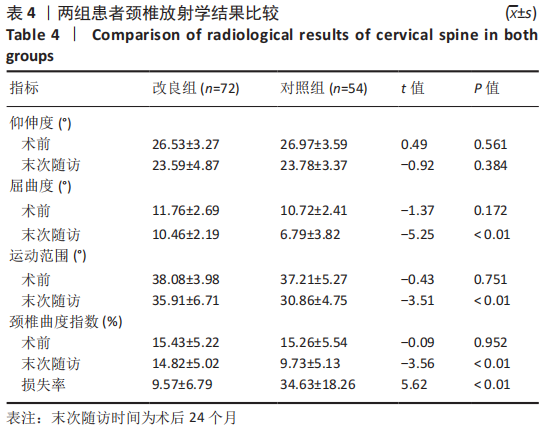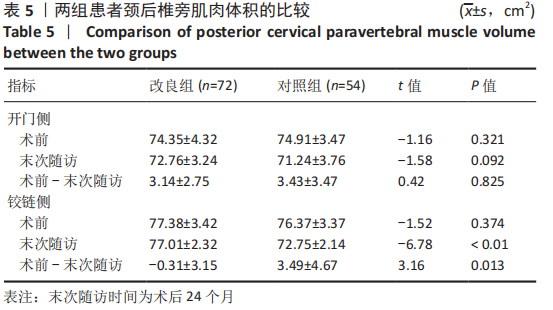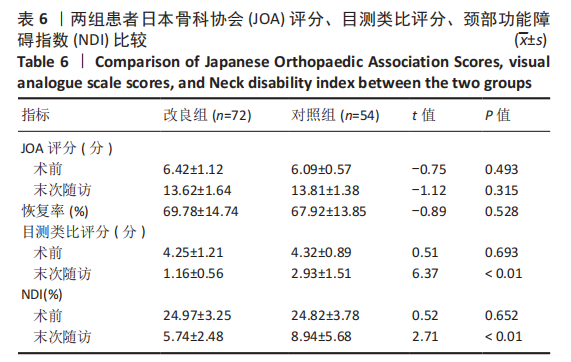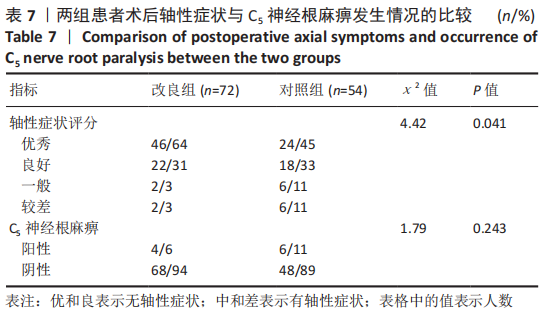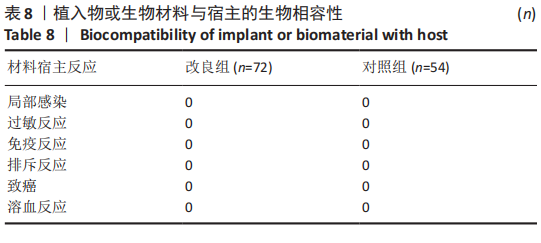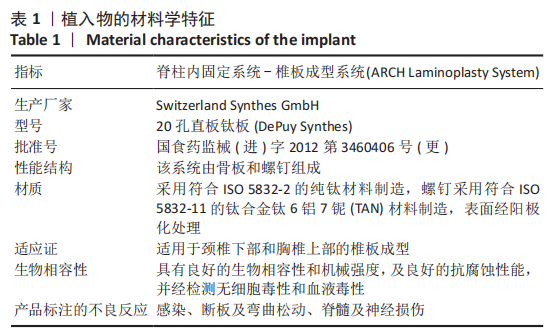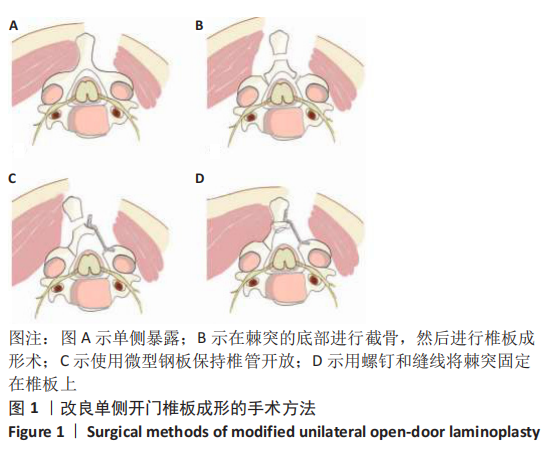[1] HIRABAYASHI K, WATANABE K, WAKANO K, et al. Expansive open-door laminoplasty for cervical spinal stenotic myelopathy. Spine (Phila Pa 1976). 1983;8(7):693-699.
[2] SATOMI K, OGAWA J, ISHII Y, et al. Short-term complications and long-term results of expansive open-door laminoplasty for cervical stenotic myelopathy. Spine J. 2001;1(1):26-30.
[3] MATSUMOTO M, WATANABE K, TSUJI T, et al. Risk factors for closure of lamina after open-door laminoplasty. J Neurosurg Spine. 2008;9(6): 530-537.
[4] SAKAURA H, HOSONO N, MUKAI Y, et al. C5 palsy after decompression surgery for cervical myelopathy: review of the literature. Spine (Phila Pa 1976). 2003;28(21):2447-2451.
[5] HYUN SJ, RIEW KD, RHIM SC. Range of motion loss after cervical laminoplasty: a prospective study with minimum 5-year follow-up data. Spine J. 2013;13(4):384-390.
[6] KIMURA A, SHIRAISHI Y, INOUE H, et al. Predictors of Persistent Axial Neck Pain After Cervical Laminoplasty. Spine (Phila Pa 1976). 2018; 43(1):10-15.
[7] FUJIWARA H, ODA T, MAKINO T, et al. Impact of Cervical Sagittal Alignment on Axial Neck Pain and Health-related Quality of Life After Cervical Laminoplasty in Patients With Cervical Spondylotic Myelopathy or Ossification of the Posterior Longitudinal Ligament: A Prospective Comparative Study. Clin Spine Surg. 2018;31(4):E245-E251.
[8] WANG M, LUO XJ, DENG QX, et al. Prevalence of axial symptoms after posterior cervical decompression: a meta-analysis. Eur Spine J. 2016;25(7):2302-2310.
[9] CHEN C, LI J, LIAO Z, et al. C3 laminectomy combined with modified unilateral laminoplasty and in situ reconstruction of the midline structures maintained cervical sagittal balance: a retrospective matched-pair case-control study. Spine J. 2020;20(9):1403-1412.
[10] LEE CK, SHIN DA, YI S, et al. Correlation between cervical spine sagittal alignment and clinical outcome after cervical laminoplasty for ossification of the posterior longitudinal ligament. J Neurosurg Spine. 2016;24(1):100-107.
[11] HEALY AT, LUBELSKI D, WEST JL, et al. Biomechanics of open-door laminoplasty with and without preservation of posterior structures. J Neurosurg Spine. 2016;24(5):746-751.
[12] LIU J, EBRAHEIM NA, SANFORD CJ, et al. Preservation of the spinousprocess-ligament-muscle complex to prevent kyphotic deformity fol-lowing laminoplasty. Spine J. 2007;7(2):159-164.
[13] KIM P, MURATA H, KUROKAWA R, et al. Myoarchitectonic spinolaminoplasty: efficacy in reconstituting the cervical musculature and preserving biomechanical function. J Neurosurg Spine. 2007;7(3): 293-304.
[14] SAKAURA H, HOSONO N, MUKAI Y, et al. Preservation of muscles attached to the C2 and C7 spinous processes rather than subaxial deep extensors reduces adverse effects after cervical laminoplasty. Spine (Phila Pa 1976). 2010;35(16):E782-E786.
[15] KIHARA S, UMEBAYASHI T, HOSHIMARU M. Technical improvements and results of open-door expansive laminoplasty with hydroxyapatite implants for cervical myelopathy. Neurosurgery(Neurosurgery). 2005;57(4 Suppl):348-356, 348-356.
[16] YOON ST, RAICH A, HASHIMOTO RE, et al. Predictive factors affecting outcome after cervical laminoplasty. Spine (Phila Pa 1976). 2013;38(22 Suppl 1):S232-S252.
[17] MOTOSUNEYA T, MARUYAMA T, YAMADA H, et al. Long-term results of tension-band laminoplasty for cervical stenotic myelopathy: a ten-year follow-up. J Bone Joint Surg Br. 2011;93(1):68-72.
[18] CHEN G, LUO Z, NALAJALA B, et al. Expansive open-door laminoplasty with titanium miniplate versus sutures. Orthopedics(Orthopedics). 2012;35(4):e543-e548.
[19] WANG LN, WANG L, SONG YM, et al. Clinical and radiographic outcome of unilateral open-door laminoplasty with alternative levels centerpiece mini-plate fixation for cervical compressive myelopathy:a five-year follow-up study. Int Orthop. 2016;40(6): 1267-1274.
[20] 曾岩,党耕町,马庆军.颈椎前路术后融合节段曲度变化与轴性症状和神经功能的相关性研究[J]. 中国脊柱脊髓杂志,2004, 14(9):8-11.
[21] TAKEUCHI K, YOKOYAMA T, ONO A, et al. Cervical range of motion and alignment after laminoplasty preserving or reattaching the semispinalis cervicis inserted into axis. J Spinal Disord Tech. 2007; 20(8):571-576.
[22] 伏海平,刘华兴,曾显荣. Centerpiece钢板在颈椎后路单开门椎管成形术中的应用[J]. 临床骨科杂志,2016,19(6):651-653.
[23] SAKAURA H, HOSONO N, MUKAI Y, et al. Cite Share Medium-term outcomes of C3-6 laminoplasty for cervical myelopathy: a prospective study with a minimum 5-year follow-up.Eur Spine J. 2011;20(6):928-933.
[24] 李冠军,李晓东,田金辉,等. 钛板固定联合保留C7棘突开槽式椎板减压及肌肉附着点重建治疗脊髓型颈椎病的疗效观察[J]. 中国医学装备,2020,17(10):121-124.
[25] KOTANI Y, ABUMI K, ITO M, et al. Minimum 2-year outcome of cervical laminoplasty with deep extensor muscle-preserving approach: impact on cervical spine function and quality of life. Eur Spine J. 2009;18(5):663-671.
[26] KATO M, NAKAMURA H, KONISHI S, et al. Effect of preserving paraspinal muscles on postoperative axial pain in the selective cervical laminoplasty. Spine (Phila Pa 1976). 2008;33(14): E455-E459.
[27] 唐冰,熊敏,张琼,等. 后路单开门椎板成形术与后路全椎板切除侧块螺钉固定术治疗老年脊髓型颈椎病对比[J]. 中国临床医生杂志,2019,47(12):1448-1450.
(责任编辑:GD,ZN,ZH)
|
